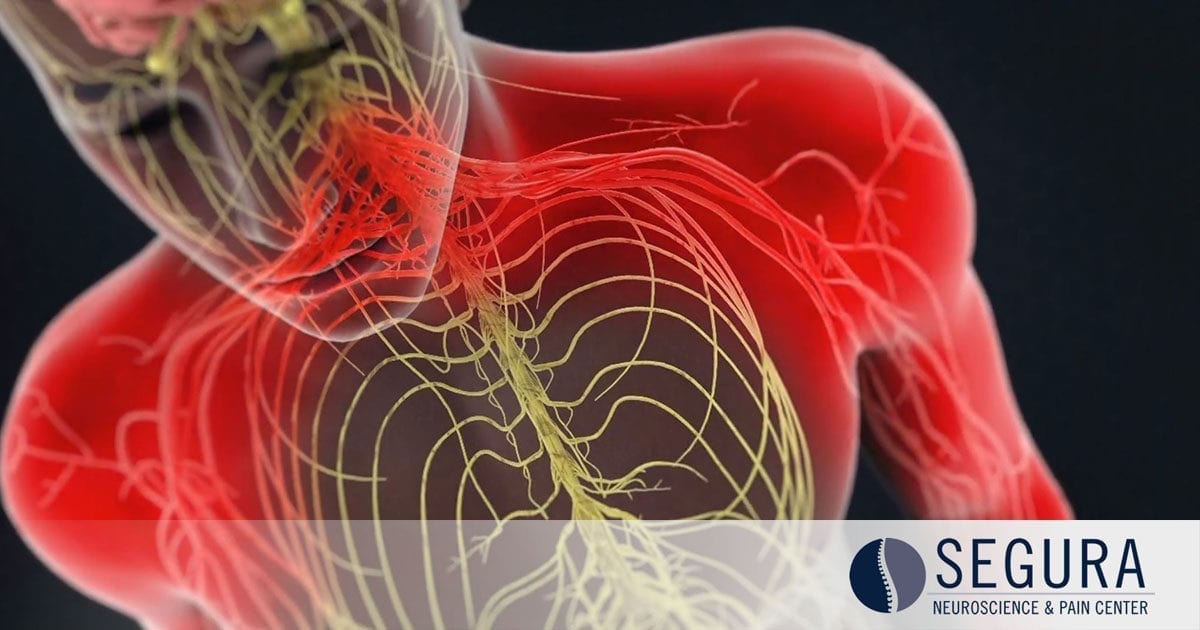Cervical spondylosis is a degenerative disc disease affecting the spinal joints in the neck. When working properly, the soft discs between vertebrae provide cushioning, allowing for free movement of the spine. When the discs of the neck become compressed, it can lead to the development of spondylosis. This compression can lead to the degeneration of cushioning between the vertebrae, causing …
Cervical Facet Joint Syndrome
The facet joints of the spine, located in the back portion of the vertebrae, provide stability and control to the motion of the spine. While little movement takes place between individual facet joints, the complete chain of facet joints contribute to a significant amount of mobility in the spine. When these facet joints are injured, inflamed, or begin to deteriorate, …
Cervical Degenerative Disc Disease
Areas of frequent movement in the spine, such as the cervical (neck) and lumbar areas, are prone to disc degeneration later in life. When the process of degeneration due to aging occurs more rapidly or earlier in life than usual, the degeneration is classified as degenerative disc disease. The desiccation or dehydration of the disc can reduce the size and …
Cervical Radiculopathy
Cervical radiculopathy is a condition related to the damage, irritation, or compression of nerves in the neck. Often, the pain related to cervical radiculopathy is the result of a pinched or irritated nerve. Damage to the cervical nerves can result in symptoms such as pain, numbness, weakness, motor control deficits, tingling, or loss of sensory function. A pinched nerve could …
- Page 2 of 2
- 1
- 2

